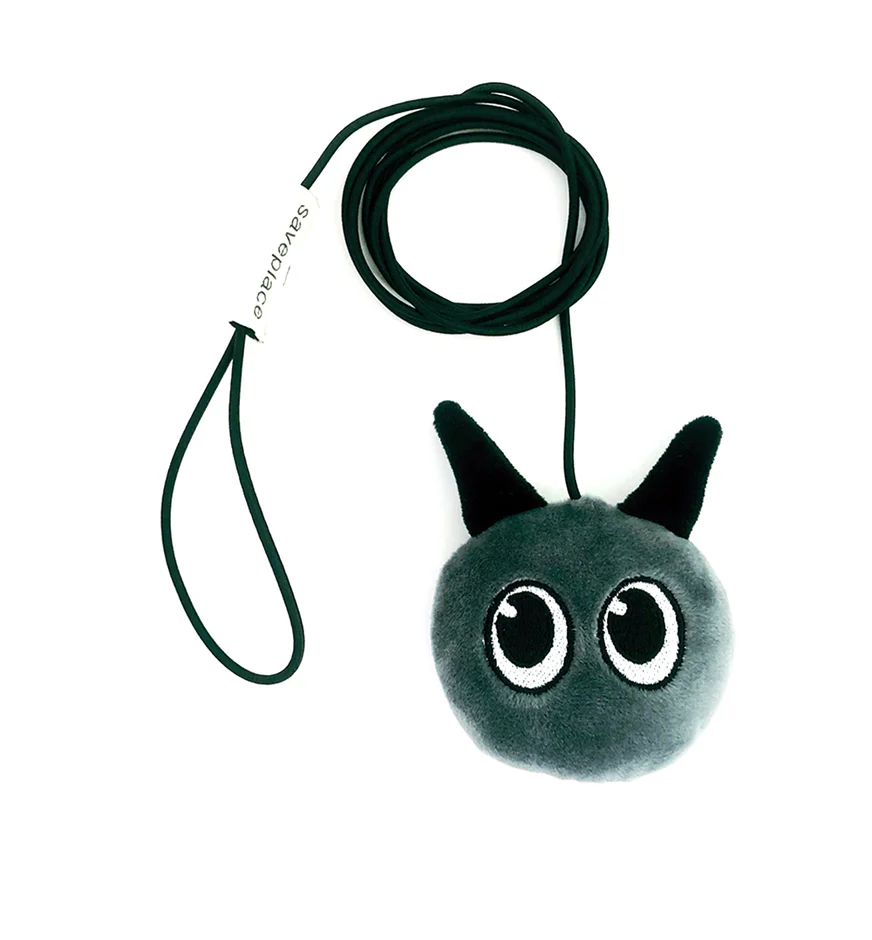Hands-Free or Traditional? Choosing the Right Dog’s Leash for You

Let’s be honest—walking your dog should feel like a joy, not a chore. But the type of leash you use can make or break the experience. Whether you're cruising through your neighborhood or hitting the trails, your dog’s leash plays a huge role in how smooth (or stressful) the walk turns out.
There are two main players in the leash world: hands-free leashes and traditional dog leashes. Each comes with its own perks and quirks, and the best one for you depends on your lifestyle and your dog’s personality.
Let’s break it down and find your perfect match.
Why Go Hands-Free? The Freedom Dog Owners Love
If your idea of a great time is jogging with your pup, pushing a stroller, or snapping photos mid-walk, a hands-free leash might just be your new best friend. Designed to wrap around your waist or sling across your chest, this leash style is made for multitasking.
Total Convenience
The biggest win with hands-free leashes is—you guessed it—freedom. You’re not tied to holding a leash in your hand, which is great for running errands (literally) or handling other tasks mid-walk.
Better Weight Distribution
Instead of tugging your shoulder every time your dog pulls, a hands-free leash spreads the force across your body. That means less fatigue, more comfort, and better control, especially for those energetic pups that haven’t quite mastered “heel” yet.
Built for the Active Lifestyle
If hikes, runs, or park adventures are part of your weekly routine, hands-free is the way to go. The Good Walker Hands-Free Leash, for example, is designed specifically for on-the-go dog parents who want the flexibility to move freely while keeping their pup safely by their side.
But Wait—Does Hands-Free Mean Less Control?
Not at all. A well-designed hands-free leash offers quick adjustments so you can bring your dog close in a flash—perfect for crossing busy streets or when distractions pop up. The key is choosing a leash that gives you both freedom and control, like the Good Walker Hands-Free model.
Pro Tips for Hands-Free Leash Success
-
Get the Fit Right: Make sure the belt or shoulder strap is snug but comfortable, and adjust the leash length based on your surroundings.
-
Stay Aware: Free hands don’t mean zoning out. Keep tabs on your dog’s behavior and environment.
-
Start Slow: Practice in quiet areas before hitting crowded parks or trails.
The Tried-and-True Traditional Dog’s Leash
Sometimes, simplicity is everything. Traditional leashes offer direct, hand-to-dog connection that’s especially helpful for training, young puppies, or reactive dogs. If your dog pulls, lunges, or just needs guidance, a classic leash is a trusty companion.
Ideal for Training
When you’re reinforcing commands like “heel” or “stay,” nothing beats the immediacy of a traditional leash. You feel every move your pup makes and can respond instantly to distractions or unwanted behavior.
Perfect for Neighborhood Walks
If your daily walks are more sidewalk stroll than off-road excursion, a traditional dog’s leash offers just the right amount of control without complicating things. The Good Walker Leash is a favorite for its ergonomic grip and responsive feedback—great for everyday use.
Training Wins: Why Direct Leashes Still Rule
Clear, direct feedback is essential when you’re training your dog. A traditional leash lets you guide, correct, and reward quickly—no delays, no confusion. It becomes a natural extension of your training routine, and before long, your pup starts picking up the right cues.
Want to learn more about leash training and behavior shaping? Check out our full dog socialization guide for pro tips on how your dog’s early interactions impact behavior on the leash and beyond.
So… Hands-Free or Traditional?
Here’s a quick breakdown to help you decide:
Choose Hands-Free If:
-
You jog, hike, or walk with your hands full
-
You want better weight distribution and comfort
-
You’re walking a well-behaved or leash-trained dog
Choose Traditional If:
-
You’re actively training your pup
-
You want full, immediate control
-
Your dog pulls or reacts strongly to distractions
Or Why Not Have Both?
There’s no rule saying you must commit to one style forever. Many dog owners keep both leashes on hand to fit different situations. Going for a long hike? Grab the Good Walker Hands-Free Leash. Need more control during a training session? Switch to the Good Walker Leash.
With a mix of both, you’re ready for anything—whether it’s an impromptu jog, a crowded farmer’s market, or a quiet evening walk around the block.
Final Thoughts: Your Dog’s Leash Should Work for You
The leash you choose should reflect your lifestyle, your dog’s behavior, and your shared routine. Whether you’re all about adventures or prefer low-key strolls, the right dog’s leash makes walks safer, smoother, and way more fun.
Still on the fence? Explore the full Good Walker Leash Collection to find the perfect match for your dog-walking goals. With high-quality options built for every type of pup and pet parent, you’re just one leash away from your best walk yet.
Ready to Upgrade Your Dog Walks?
Take the first step toward smoother, stress-free outings with the right leash in hand (or around your waist!). Browse our collection and see what leash fits your walk style best.
- Art
- Causes
- Crafts
- Dance
- Drinks
- Film
- Fitness
- Food
- Games
- Gardening
- Health
- Home
- Literature
- Music
- Networking
- Other
- Party
- Religion
- Shopping
- Sports
- Theater
- Wellness


